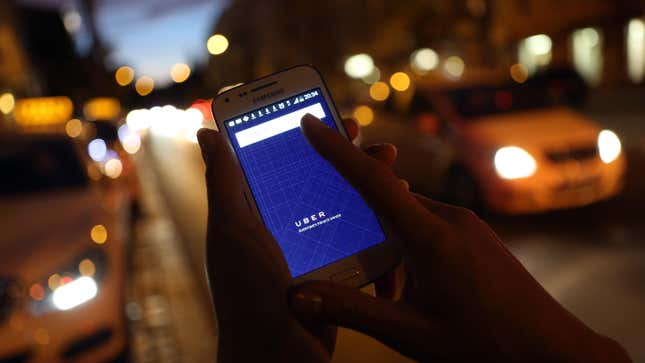
If you’ve used an app to call a cab in the past few weeks only to find a smoking crater where your bank account used to be, you’re not imaging things: Prices on ride-hailing apps are surging as the coronavirus pandemic recedes, and companies like Uber and Lyft acknowledge that a shortage of drivers is to blame.
Just as restaurants and bars have struggled to staff up in the wake of many Covid-19 restrictions being lifted, so too have ride-hailing companies struggled to bring back enough workers to meet increasing demands. According to a recent analysis by the research firm Rakuten Intelligence, ride-hailing costs were 37 percent higher in March than they were during the same period in 2020 — a gap that jumped up to 40 percent in April.
Because most ride-hailing companies use surge pricing models to cover their tracks and incentivize drivers when there’s a supply and demand problem, those spiking costs have potentially been a boon to the drivers that are on the road — likely to the detriment of customers’ wallets.
In a May earnings report, Uber acknowledged the driver shortage, claiming that the 3.5 million active drivers and couriers it had represented during the first three months of the year actually represented a 22 percent decrease from the same time in the year prior.
“We have not seen driver supply keep up with the demand growth in the U.S.,” Dara Khosrowshahi, Uber’s chief executive, said last week at the J.P. Morgan Technology, Media and Communications Conference.
During the same conference, Lyft also confirmed that it did not have enough drivers to meet demand. Both companies have been spending heavily on driver incentives in order to rectify the problem: Lyft has shelled out $100 million during the first quarter of 2021 on rewards like cash bonuses given to drivers for completing a certain number of rides, and Uber has poured $250 million into driver recruitment program it has marketed as a “stimulus.”
“It is something we are taking extremely seriously, but something that we’re extremely confident and I’ve already started to see significant movement on,” Lyft’s president, John Zimmer, said at the J.P. Morgan conference.
But those corporate incentives are likely not as enticing as the federal assistance many gig workers are still eligible for, including the Pandemic Unemployment Assistance that many Uber and Lyft drivers can still receive under the CARES Act.
The fact that workers aren’t desperate to crawl back to their low-paying gigs is a good thing; at least in some cases, it likely means that drivers have been able to make decisions out of pragmatism instead of desperation, and that they’ve been able to prioritize their health and the health of their families over a paycheck. Still, continued financial assistance programs for drivers will likely mean that customers hoping for quick, convenient and cheap rides will have to deal with higher prices and longer wait times — at least a little while longer, anyway.